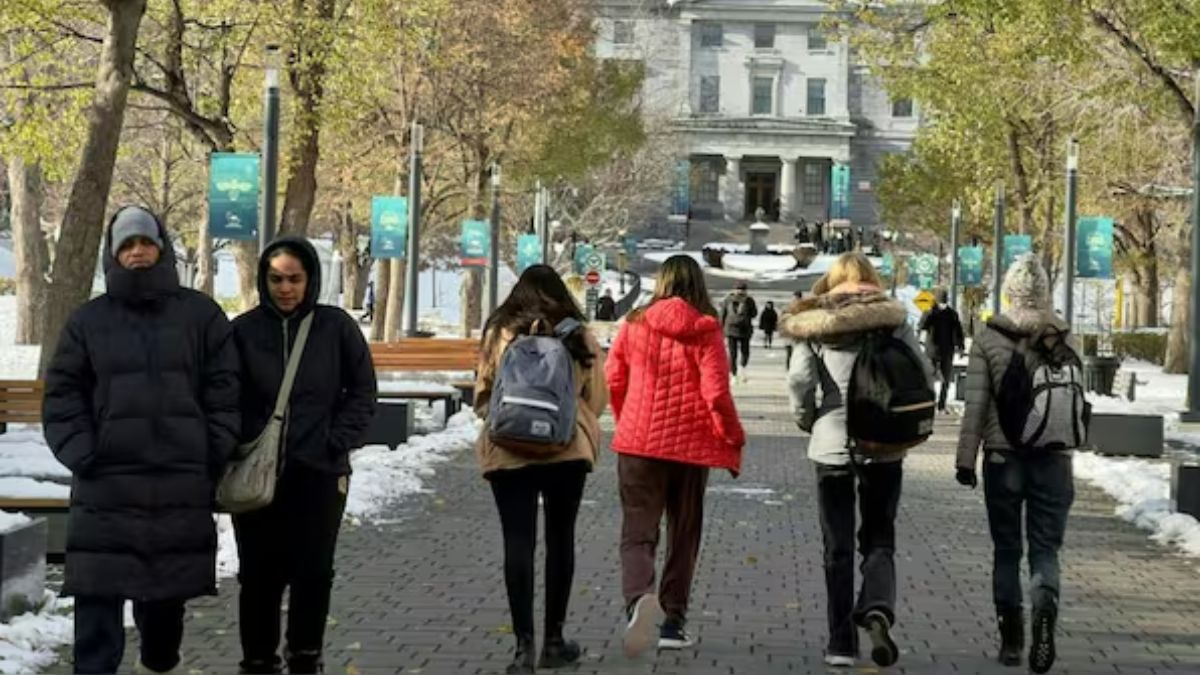The number of Indian students going to study in Canada has nosedived significantly in the first quarter of 2025 since Ottawa’s stringent visa requirements came into effect in January this year.
Data from Immigration, Refugees and Citizenship Canada (IRCC) shows that only 30,640 permits were issued to Indian students from January to March of this year, marking a 31 per cent drop from the same period in 2024.
Since 2023, Canada has been working to curb the surge of international students entering the country. That year, it issued 681,155 study permits, with Indian students accounting for 278,045. By 2024, the total number of permits had declined to 516,275, with permits granted to Indian nationals falling to 188,465.
Why has Canada tightened visa?
A looming housing crisis and pressure on health and transport infrastructure in the country are to blame for stringent visa requirements.
The newly elected Prime Minister, Mark Carney, has announced that temporary residents, including foreign students and workers, will not exceed 5 per cent of Canada’s population till 2028.
To meet this objective, IRCC has set a reduced cap of 437,000 study permits for 2025, down from this year’s target of 485,000.
Indian students have traditionally made up the largest share of international students in Canada. In 2022, they accounted for 41 per cent of the total international student population.
What are the new rules?
The new eligibility requirements to get a Canadian visa are:
Applicants must first be accepted by a designated learning institution (DLI) in Canada
They must demonstrate sufficient financial resources to pay tuition fees, cover the cost of accommodation and any other expenses, including those of family members accompanying them
Applicants must comply with Canadian laws and have no criminal record
They must be in good health and may be required to undergo a medical examination
They must convince an immigration officer that they will leave Canada once their study permit expires
)